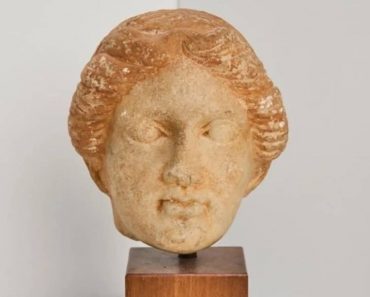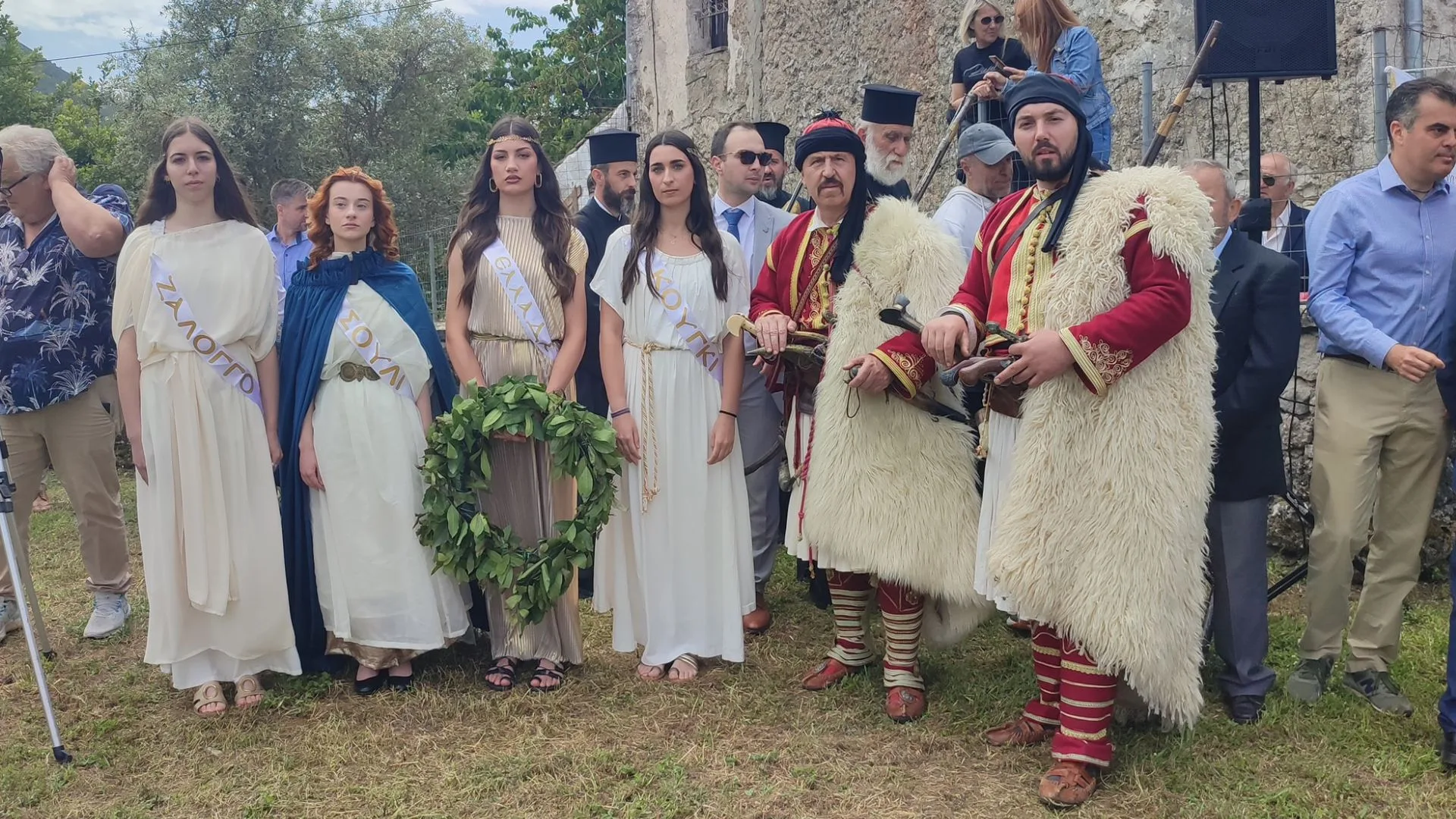A remarkable Greco-Roman mosaic has been discovered during an unauthorized excavation near Zile Castle in Tokat, Türkiye, located in central Anatolia.
Murat Tekin, who leads the Zile Castle Ancient Theater excavations and serves as a lecturer at Tokat Gaziosmanpaşa University’s History Department, highlights the mosaic’s significance as a testament to the artistic prowess and historical importance of Zile in antiquity.

Found roughly 200 meters from the ancient theater site, the mosaic likely dates to the Roman period and features the Greek inscription “ΤΥΡΦΗ” (tyrphe), meaning comfort and luxury. This detail, along with its style, identifies it as Greco-Roman, reflecting the blend of Greek artistic traditions and Roman influence prevalent in the region during that era. The mosaic likely adorned an elite residence or a grand public space, suggesting the opulence of its setting. “This find underscores Zile’s role as a thriving hub in ancient times,” Tekin noted.
Zile’s historical prominence is well-documented, notably as the site of the Battle of Zela in 47 B.C., where Julius Caesar defeated Pharnaces II of Pontus and proclaimed, “Veni, vidi, vici” (I came, I saw, I conquered). This victory cemented Roman dominance in the region and elevated Zile’s status. Tokat’s strategic location in Anatolia made it a vital link on trade routes, fostering economic and cultural exchange during the Roman Empire. The region’s fertile lands and key passes supported agriculture and facilitated the movement of goods and armies.
Excavations at the ancient theater, ongoing since 2022, have uncovered layers of history dating back to the Hittite era, when Zile was known as Anziliya. Under Roman rule, as Zela, it flourished as a center for trade, military activity, and impressive architecture.
The mosaic’s discovery, though marred by its illicit unearthing, offers a chance to deepen our understanding of Greco-Roman influence in Tokat. Its intricate design and the “ΤΥΡΦΗ” inscription point to a patron of wealth and refined taste. Tekin believes further excavations could boost tourism, noting, “Expanding our work here will not only reveal more about Zile’s past but also draw visitors to its rich heritage.” Zile already boasts attractions like the ancient theater, castle, and rock tombs.
The illegal excavation highlights the ongoing threat to archaeological sites, yet the mosaic’s recovery provides an opportunity to preserve and study Zile’s legacy. As researchers analyze the find, they anticipate more discoveries that will illuminate the lives of Zile’s ancient inhabitants and strengthen its place in Greco-Roman history.
This mosaic not only showcases Zile’s cultural and artistic significance but also underscores the urgent need to protect its archaeological treasures. As interest in the city’s history grows, Zile has the potential to become a premier destination for those eager to explore its storied past.
Credit: AA
Cover Image Credit: AA
The term “Greco-Roman” has been incorporated to accurately reflect the cultural and historical context of the mosaic, considering the Greek inscription and the Roman-era setting.




-370x297.jpg)


